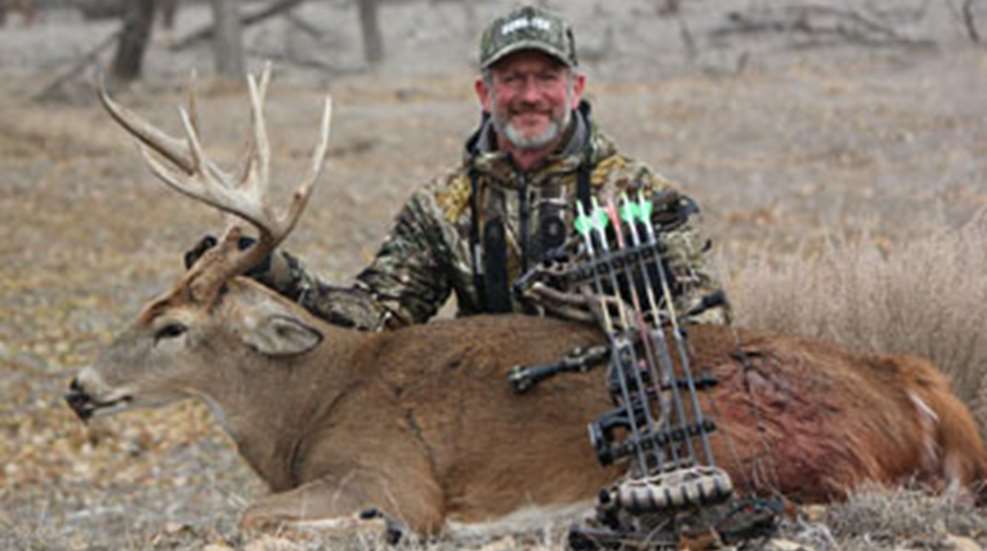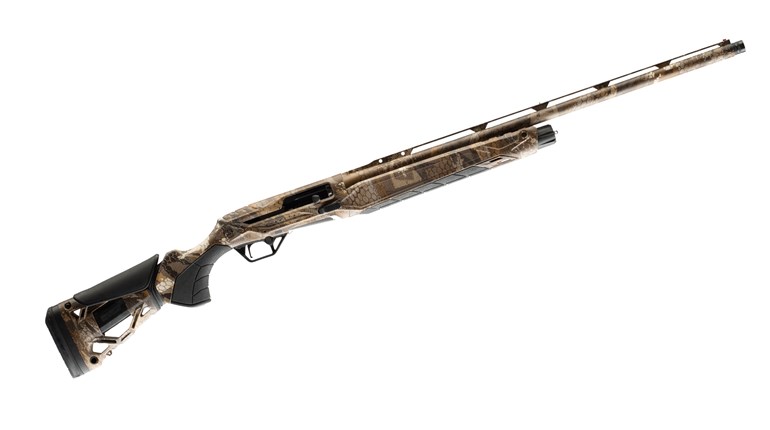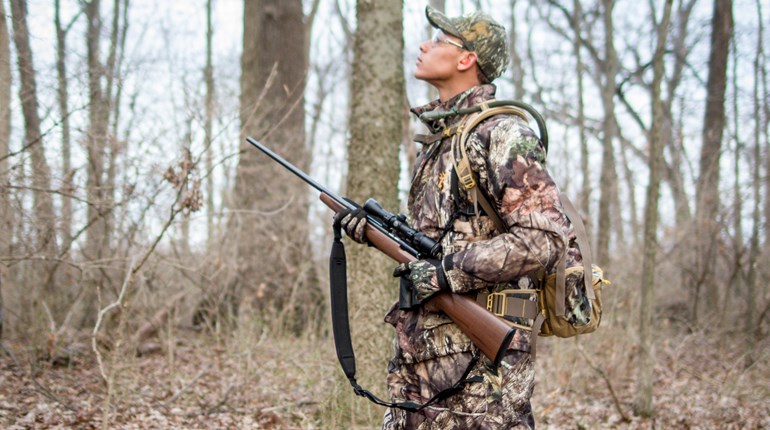
It’s that magical time of year, with bucks chasing does and all Hell breaking loose in places that, for much of the year, can seem like a moonscape for their lack of deer activity. This is when every second on the stand is so important.
During the rut, I often change my own hunting routine just a bit. Depending on where I am hunting and how the lands lays, I try to slip into a tree stand a full hour before it starts to get light enough to see. However, if I have to pass through areas where there might be a lot of deer activity to get here, I might wait until I can barely see before walking in. This way I can make sure I do not bump any does in the dark. Then, I sit all day long.
Though I still find my best success during the usual “prime time” hours of an hour or two right after first light and an hour or so right before dark, I cannot tell you how many times I have had good bucks come past my stand between 10 a.m. and 2 p.m. Sometimes they are chasing does at breakneck speed, but often they are all alone, out trolling for that next one-night stand.
I often have multiple places to hunt on the same day now as well. On one farm I can hunt in the Midwest I like to set up along the edge of crop fields in the late afternoon. Hoping feeding does will draw a lovesick buck with them. In the mornings I am back in the woods along an acorn ridge, hoping to catch deer on their way back to bed. During midday, however, I like two types of places best. One is a known funnel between bedding thickets and crops simply because bucks often cruise these known corridors searching for girls. My favorite, though, is a water source. Bucks get very, very thirsty during the rut and have to drink often. I have even seen big deer chasing does Hell bent for election, then break the chase off to run over to a water tank for a big drink before getting after the same doe again.
Last year in southwestern Kansas the hunting was slow, even though the rut was on. In the cottonwood bottom I usually hunt there just wasn’t much happening. But I had observed deer going to an isolated windmill tank set in the wide-open sagebrush foothills adjacent to the bottom several times. And so I thought, why not? Going against conventional wisdom, I set a ground blind right next to the tank and settled in. The does that came by the first day were nervous, but not nervous enough to not drink. The second afternoon, however, the 163-inch buck pictured here came in by himself for a drink. He gave the blind the evil eye but didn’t bolt—until my Thunderhead blew through his ribs.
I put in eight days of dawn-to-dark sitting on that hunt, and had a couple of close encounters with good deer at midday but just didn’t get a shot. As you read this, I will be doing the same thing, reading cheap paperbacks to pass the time and enjoying Mother Nature as I wait for it to happen.
Big deer, out trolling at midday. This is why you must sit all day long now.




































